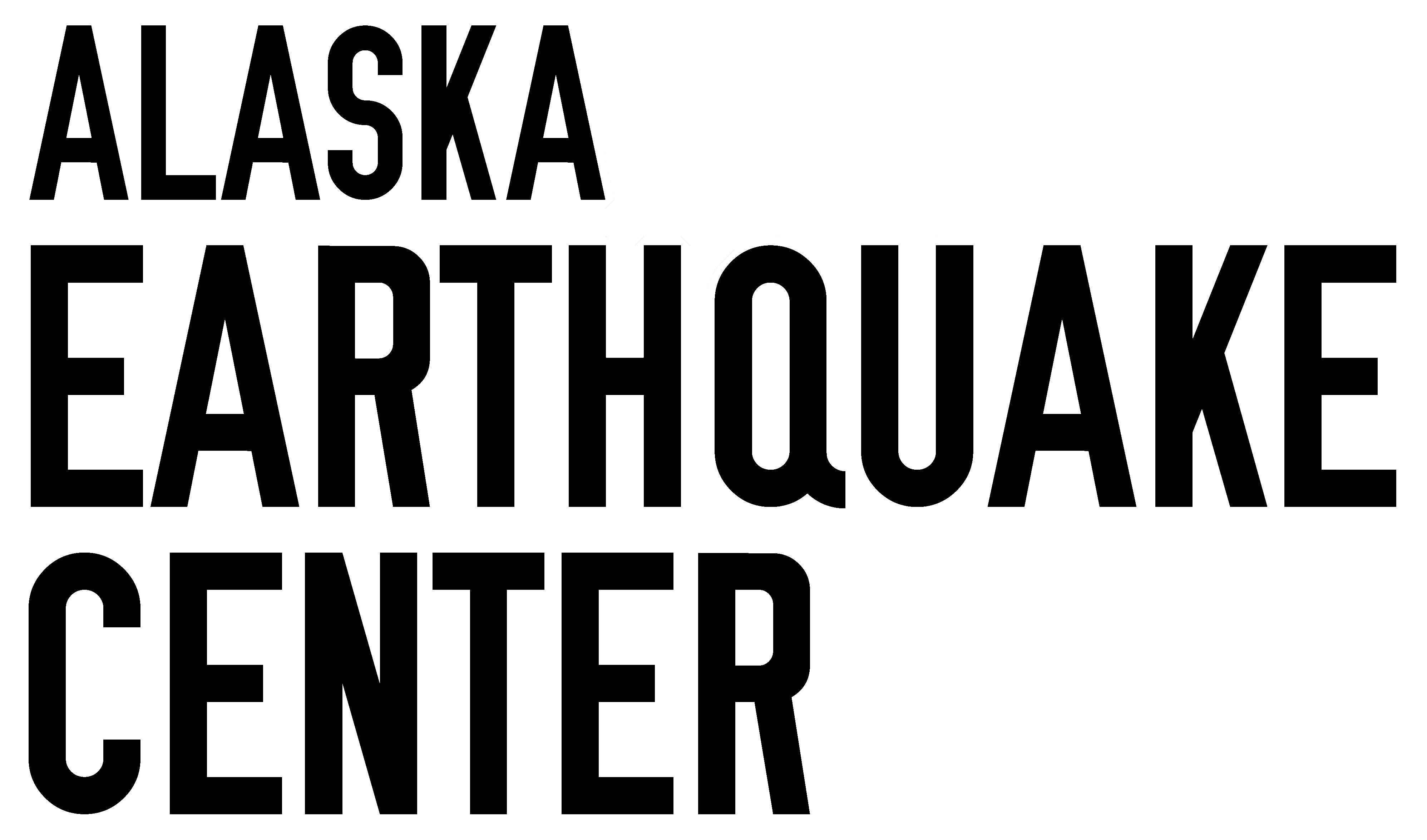Magnitude 1.0 - 42 miles NW of Cape Yakataga
August 15, 2025 17:21:07 AKDT (August 16, 2025 01:21:07 UTC)
60.3153°N 143.5448°W Depth 6.2 miles (10 km)
This event has been reviewed by a seismologist
- 69 miles (111 km) W of Icy Bay
- 77 miles (124 km) E of Cordova
- 80 miles (129 km) S of McCarthy
- 88 miles (142 km) S of Chitina
- 94 miles (152 km) SE of Thompson Pass
- 97 miles (157 km) SE of Pump Station #12
- 110 miles (178 km) SE of Valdez
- 113 miles (183 km) NE of Middleton Island
- 113 miles (183 km) E of Tatitlek
- 118 miles (191 km) S of Mt. Wrangell
- 127 miles (205 km) SE of Copper Center
- 143 miles (231 km) NW of Yakutat
- 223 miles (361 km) E of Anchorage
- 350 miles (567 km) NW of Juneau
- Magnitude type: Ml
- Event type: earthquake
Tectonic Setting of the Yakutat Block
The Yakutat microplate is the latest addition to the assemblage of accreted terranes that make up southern Alaska. The microplate was transported northward along margin-parallel transform faults,
including the Queen Charlotte and Fairweather faults. Eventually, the microplate encountered the continental margin of southern Alaska, where the ongoing collision creates complex seismotectonic interactions resulting in a very active seismic belt. Two great earthquakes in 1899 (M8.1 and M8.2) re-arranged landforms in the Yakutat Bay area, resulting in up to 40 feet of uplift and 6 feet of land subsidence. Another notable event in this region was the 1958 M7.7 Lituya Bay Earthquake, which ruptured from the head of Yakutat Bay along the entire length of the Fairweather Fault. This earthquake caused a massive landslide that crashed into Lituya Bay, creating a tsunami wave 1,720 feet high. The most recent major earthquake in the region was the 1972 M7.4 Saint Elias Earthquake. In the offshore zone, the most notable structures are the Transition Fault that separates the Yakutat microplate from the Pacific Plate and the northern Gulf of Alaska fault zone. A sequence of strong earthquakes in the Gulf of Alaska, including a M7.7 in 1987 and a M7.8 in 1988, produced significant ground motions that were felt along the entire southeast and southern Alaska coast. The Transition Fault is not known to have produced significant earthquakes except for a 1973 M6.7 event along the southeastern end of the fault. This region has a high level of background seismicity, with hundreds of earthquakes recorded each year, the majority of which are shallow and located within the 50-mile-wide coastal zone.





